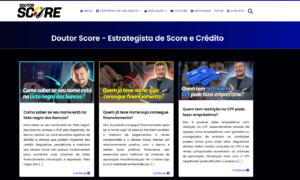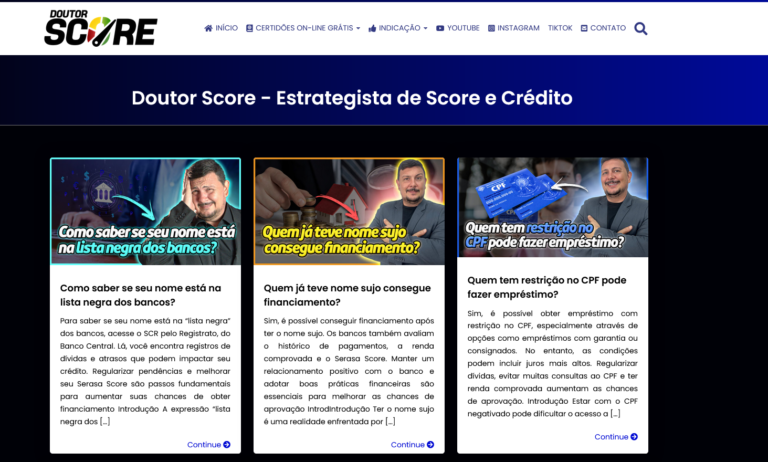Optimize Your Recruitment Process: Best Practices for a Positive Candidate Experience
Recruiters, have you ever considered the candidate experience you offer throughout the recruitment process? While the quality of life at work and employee experience is crucial for your company, it all begins with the candidate experience. Building an effective employer brand and optimizing inbound recruitment are key starting points for your brand and your future employee relationships.
What is the Candidate Experience?
Candidate experience includes everything a candidate encounters during their interaction with a company they wish to apply to. It starts long before the job interview, beginning with the first contact between a candidate and a job offer. This experience continues through various stages of the application process, the interview, the signing of the employment contract, and even into the onboarding and integration of new employees.
Best Practices to Improve the Candidate Experience
Structure Your Recruitment Process
To provide a better candidate experience, you need to clearly define your recruitment process and know exactly which employees will be involved, when, and their specific responsibilities, whether it’s conducting interviews, checking tests, or calling back the chosen candidate. This structure optimizes your internal organization and provides clarity and fluidity for applicants, creating a positive impression.
Create a Communication Plan
Prepare your recruitment and communication campaigns. Here are some ideas to help you plan them:
● Define Candidate Personas:
Customize your messaging to target specific candidate profiles.
● Find the Right Tone:
Speak to your target group using the appropriate language.
● Choose Relevant Channels:
Use platforms like LinkedIn, blogs, corporate websites, and social networks to reach your audience.
● Highlight Company Values:
Showcase your company’s values, culture, and the people who make up your organization.
To promote your company image, use your brand platform to define your employer brand personality. Use characteristics that make you stand out in your communications, such as being cheerful, ethical, cultured, open, loyal, and trustworthy. To increase visibility and impact, plan specific communication strategies for each job offer, as the targeted profiles can vary.
Enhance Your Career Page
Take great care in building a career page that reflects your company’s values and identity. Ensure it is user-friendly, attractive, and regularly updated. Provide critical information and high-quality content that aligns with the professional culture of the desired position. Include photos of the workplace and employees to help candidates visualize themselves in your company.
Create a User-Centered Journey
The candidates’ online experience should be viewed and built like a customer journey, a series of steps your target profile will go through when searching for a job. It needs to run smoothly and foster trust. Design a digital journey that is as simple and direct as possible. Make it easy for candidates to find information and start their journey independently. Eliminate friction points and obstacles to avoid hindering or deterring future candidates. Be responsive, if not proactive, and provide candidates with everything they need to meet their expectations. Personalize your company’s interactions with candidates to show you care about every possible outcome. Highlight the steps to complete for each action (button, landing page, etc.).
Focus on Transparency
It is inappropriate to hide certain aspects of your identity, as this may waste your time and the candidates’. Transparency is crucial in the relationships you build with future talent. Be clear about your company’s identity, operations, and the recruitment process. Explain how the recruitment works, from your first contact with the candidate to the onboarding process. Detail these steps on your careers page or career site and provide an FAQ with common candidate questions. Transparency during recruitment allows you to focus the interview on more qualitative elements, helping you to get to know each other and check the suitability of your profiles without wasting time on practical aspects.
Maintain Regular and Personal Contact
Stay in touch with your candidates as regularly as possible, informing them of their application status and the next steps in the recruitment process. Avoid sending standard, cold, and impersonal emails. To manage a large volume of applications, use an ATS (Applicant Tracking System) to centralize application tracking and manage automatic, customizable email sending.
Commit to Continuous Improvement
Start a process of continuously improving your recruitment process, especially the candidate experience, by choosing relevant metrics to monitor. These can include the number of applications received (both spontaneous and in response to job postings), the response rate to job postings, the number of visits to your career page, the most visited pages, click rates on action buttons, and other web statistics to track candidate engagement levels. Collect feedback from candidates who have gone through your process and evaluate their responses. Understand what was valued and what needs adjustment. Feedback from candidates is invaluable in measuring the candidate experience and implementing new best practices to improve recruitment.
Give Feedback
During the selection process, candidates want to receive feedback from the company. Provide insights into how their qualifications match the position, how they performed on various tests, and how the interview went from the company’s perspective. The goal is for the candidate to understand what was lacking in their application through constructive feedback. You don’t need to give a full report, but offering some areas for improvement can help candidates prepare for future opportunities. Even if a candidate doesn’t meet the profile, they will leave with a positive impression of the recruitment process if they receive thoughtful feedback.
Conclusion
Implementing these best practices can significantly enhance the candidate experience throughout the recruitment process. This is important for attracting top talent and building a positive employer brand. A good candidate experience starts with a well-defined recruitment process, clear communication, and continuous improvement. By focusing on these areas, you can hire the best talent and enhance your company’s image in the market.



